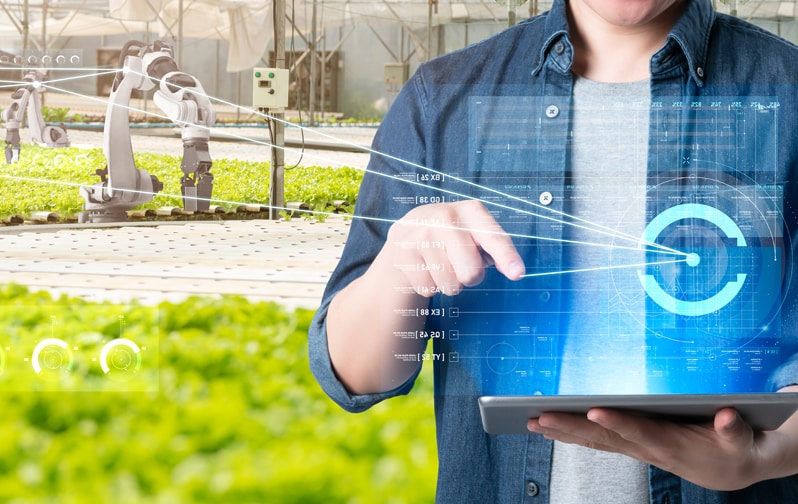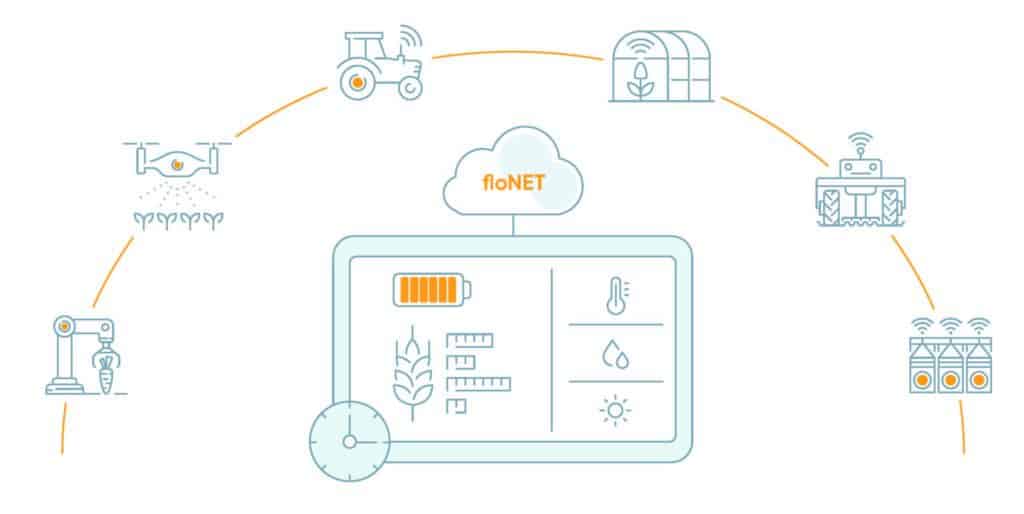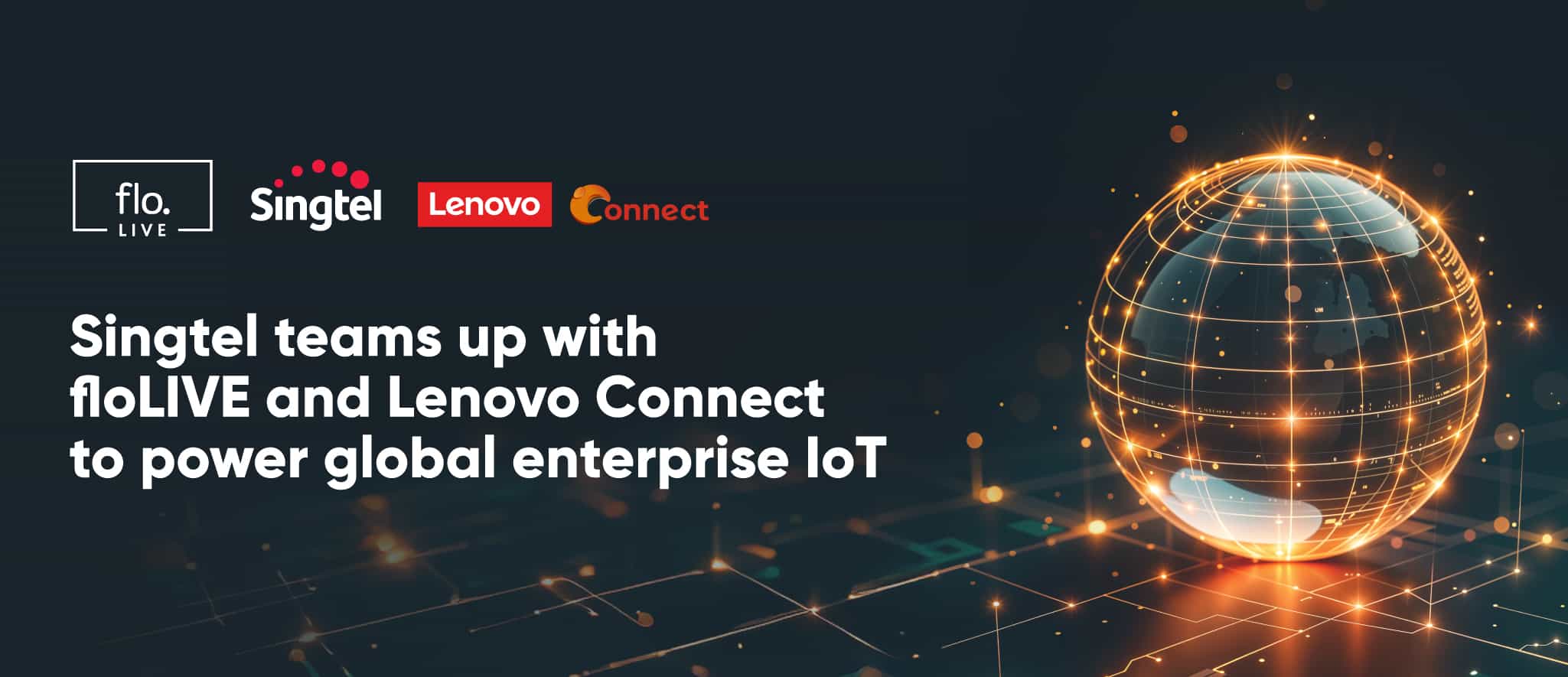Page Contents
What Does Effective Global Connectivity Look Like for IoT in Agriculture?

Page Contents
IoT in agriculture is about to hit a huge growth period, with an estimated move from USD 11.4 billion in 2021 to USD 18.1 billion by 2026 at a CAGR of 9.8% during 2021–2026. This vertical includes heavy equipment monitoring, smart agriculture sensors, real-time data analytics on crop monitoring and weather conditions, and much more.
But what are the must-have factors when it comes to an IoT solution for smart agriculture? I wanted to put down my thoughts from many years working in this field (no pun intended) and talk about 5 key elements, plus how floLIVE can expand on these benefits for your business growth.
Global Coverage
A lot of IoT solutions for agriculture will often by necessity be in the middle of nowhere, and will need rural coverage for connectivity. Intelligent technologies have become critical for IoT projects in agriculture to get the kind of availability and performance that you need. Today’s multinational companies need to consider their connectivity on a wider scale than just urban vs rural connectivity, too. Think about an OEM such as John Deere, that has a presence in more than 93 countries. Issues such as regulatory compliance need to be part of the plan for expansion from day one – such as in countries like Brazil where roaming is impossible.
Full Visibility
Think about a heavy equipment OEM, such as Caterpillar for example, and their end customers like Schneider Electric – those who utilize the service. There is a real business need to get visibility into what’s happening with their equipment, which often costs $500,000 or even $1 million. Extracting information from the can provide insight for predictive or preventive maintenance, preventing revenue loss and getting ahead of critical equipment being down for servicing. Another added benefit is the ability to physically stay on top of where light and heavy machinery is – as in many businesses, especially with expensive equipment, theft can be a real problem. Lastly, 24/7 monitoring is the only way to get insight into your individual devices in the field – so this needs to be included as standard.
Multi-tiered Billing
To draw back a return on investment, many agriculture OEMs rely on business models such as leasing their equipment by the hour or by usage. Of course, this is part of smart agriculture – being able to extract that information from the machines, and bill accurately for what the customer has been using. If you have a complex channel strategy such as distributors and resellers, you also need a solution where you can offer hierarchical billing for your own customers and then their customers, adding multiple levels to the platform and handling it with a complex billing and rating engine.
Interoperable Technology
There are so many device, asset and machine types when it comes to agriculture, so device-agnostic should be your attitude of choice for any new IoT solution. Consider your technology lifecycle and also your equipment lifecycle, and look for ways to manage obsolescence in a streamlined way for your business roadmap. With IoT – you’re using embedded telematics, and everything needs to last for a long time. Interoperability is essential, not just with today’s technology such as WiFi, Satellite and Cellular, but also with whatever comes next. One good example is the advent of private LTE/5G over Citizens Broadband Radio Service (CBRS) allocations. These are a growing opportunity for businesses who want to leverage private networks, but not all vendors know how to get the most out of the technology. Having a partner who understands the different technology choices and which one is best is therefore really important.
Flexible Business Models
When you’re thinking about IoT in agriculture – there is no one single use case. From annual crop planning to fertility planning, crop care, zone management, harvesting, asset management, irrigation, logistics and productivity planning – the farmer and the business owner have their work cut out for them! Knowing what’s happening in the field and in the factory too, stakeholders can monitor the whole supply chain – but they need flexible technology that can handle customization. The best view of all the data will be through a centralized cloud platform where all the data can be aggregated and viewed in line with business profitability. From land mapping to soil samples to machine efficiencies and more, organized seasonally where necessary for yearly or bi-annual cycles, and uncovering insights such as which crops are struggling, what equipment needs sunsetting, or which processes can be optimized.
The floLIVE Advantage for Smart Farming
At floLIVE, we’ve developed a solution that encompasses all of these elements to create a robust solution for IoT in agriculture. As we localize traffic via a global array of local breakouts – customers get local services and connectivity for their IoT solutions, lowering latency, reducing costs, and eliminating the headaches of compliance. This also means that we have a high rural usage base for agriculture and forestry. We have our own core network, so we can provide Private LTE or 5G, and then expand and bridge that into a global MNO service that uses distributed core networks leveraging public radio in each country, so organizations can benefit from a slice of each in every region in which they would like to operate. At all times, with a centralized management console, they keep the same levels of privacy, security and availability to meet your needs, even on a global scale.
At the moment, there is no single communication technology that meets today’s requirements. Think about any standard operator. They just cover their own footprint, and they aren’t available in every location. At floLIVE, we can provide a single SIM card for IoT use cases that has the top four US carriers included, (or comparable top operators in any country) and all the technology associated with going live for smart farming initiatives, such as security and compliance. While other operators will charge a monthly fee – we recognize that for agriculture this just doesn’t work. Some seasons your devices will have nothing to report, machines lay idle, and crops are on rest. As a result – we charge for the services utilized, and nothing more.
So high coverage, and low costs – what’s next? The richness of the data. As we’re completely device and form agnostic, your business gets access to data from all the sensors and devices you utilize, including industrial SIMs, MFF2 cards soldered in the Printed Circuit Board (PCB), and more. We just load our profile, and upgrade over-the-air. Think about data such as fuel or oil levels of a tractor, the idle hours of specific machines, engine performance from the Transmission Control Unit (TCU), or battery levels, maintenance alerts, weather conditions, impact analysis, GPS – you name it, we can depict it in a single cloud application, and any stakeholder from the OEM to the distributor, to the end-user can be set up to have the access they need with a single pane of glass.

The final benefit I’ll cover here, (and then you really should book a call with me to discuss all of this in more detail!) is the management and visibility aspect. As we own the whole technology stack, and we pass over the management console to you – you can utilize that core infrastructure to ensure industry-leading performance and troubleshooting. Any tier-one carrier is going to tell you that support is between 24-36 hours in arrears. Instead, with floLIVE you get visibility and answers in real-time – allowing you to keep business continuity at an all-time high.
Looking to make smart agriculture a reality with real-time data for IoT in agriculture? Let’s talk.

Join Our Newsletter
Get the latest tips and insights in our monthly newsletter.










